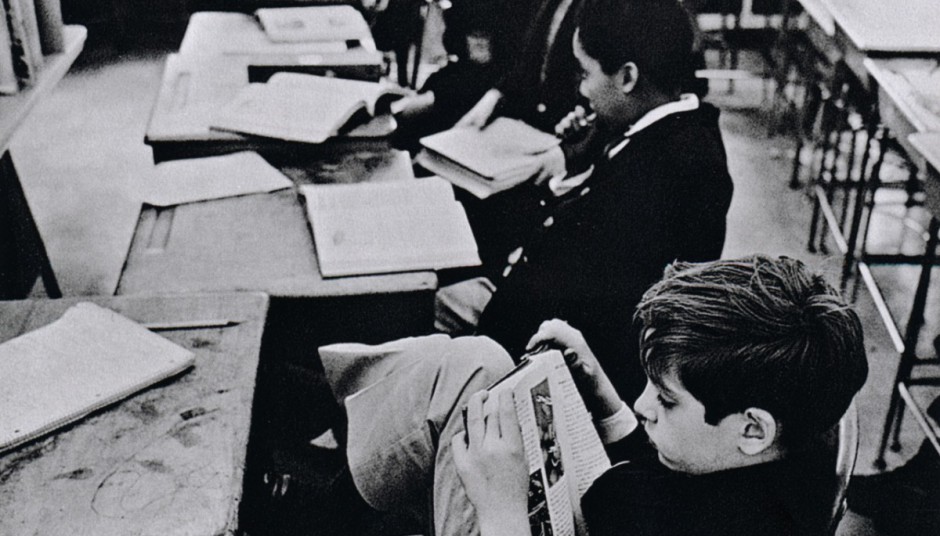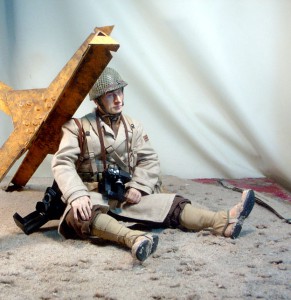Robert Capa was an astonishing photographer and he took a risk by going to the site of the war to take photos during combat. I believe why they think it was fake was because they never seen death caught on camera it was very rare on that time period and also his job was to uncover the truth on this war and he managed to do that. i mean why would he make it staged if he wanted to recover what was going on in the war and this pictures says it all so to me it wasn’t staged. A lot of people question if it were fake because it was uncommon for a photographer to get this, they usually get the before and after war pictures and this was something they never seen it was an actual getting shot at during combat. But i do understand why they thought it was staged because a certain someone that staged his photo which was Alexander Gardner ” Home of a Rebel Sharpshooter, Gettysburg” i could see the controversial with this photo and the one with Capa. This changed photography because it made us realize a camera could do more then just take normal picture.
Contact Information
Professor Sandra Cheng
Office: Namm 602B
Office Hours: Mon 10-11 am, Tu/Th 9-10 am or
by appointment
Office Tel: 718-260-5003
Email: scheng@citytech.cuny.edu New York Times Arts
New York Times Arts- Museum of Natural History Says It Is Repatriating 124 Human Remains
- Heirs of Jews Who Fled the Nazis Return Art to Heirs Whose Family Could Not
- Winka Dubbeldam Creates a Minimalist House With a Maximalist Sense of Drama
- Helen Marden, Grieving in Bright Colors and on Her Own Terms
- Native Modern Art: From a Cardboard Box to the Met
-
Recent Posts
Recent Comments
- Leidy on Homework #3: Robert Capa’s Death of a Loyalist Soldier
- Djane96 on Homework #2: Walker Evans’ Subway Portraits
- Djane96 on Homework #3: Robert Capa’s Death of a Loyalist Soldier
- Kelly-Ann on Henry Gomez Homework #3: Robert Capa’s Death of a Loyalist Soldier
- Billy on Homework #3: Robert Capa’s Death of a Loyalist Soldier
Archives
Categories
Meta




